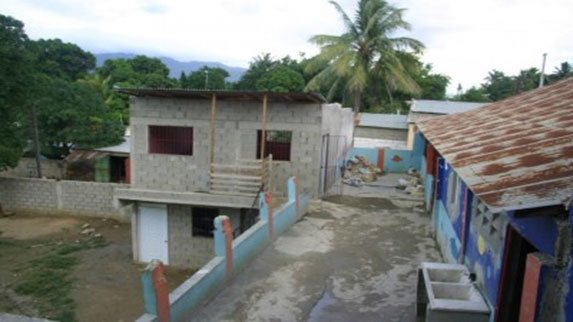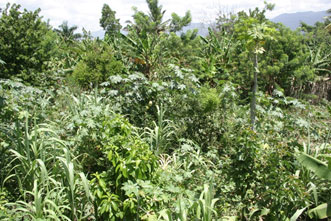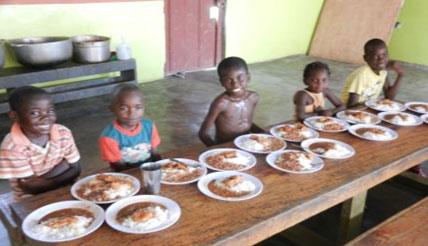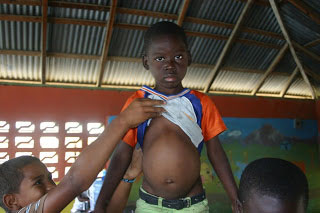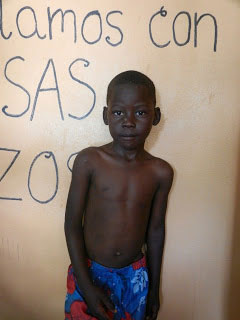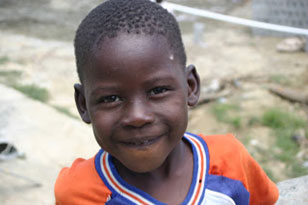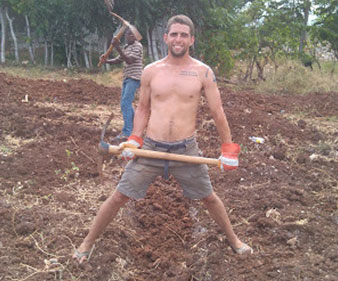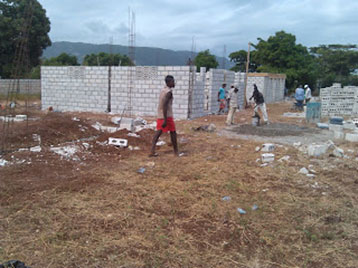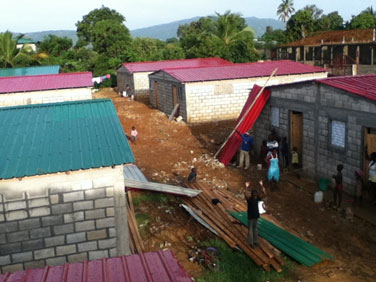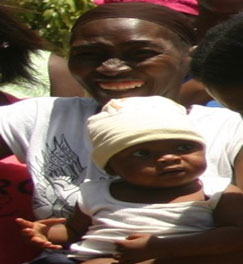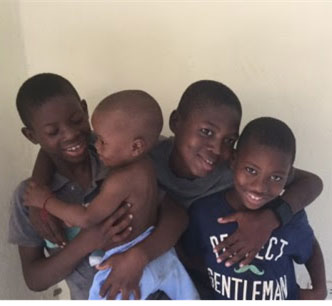We quickly grew to have 100+ children and got some great publicity from Primer Impacto, Spanish news, who made a special on us that they aired in every Latin Nation and US state for years to come. We also got a front page article in the Detroit News. We were working hard to help our children while they were at the foundation but we had super minimal influence in their households. Some moms would send their daughter or sons to work in the fields instead of sending them to the foundation or school. Others would keep their daughter’s home to do laundry and other house work and we would lose some kids due to their parents moving in search of work. Our kids were also being traumatized due to the lack of income at home and the problems that brings. I knew that if we were going to help our kids long-term we needed to tie the parents to us with a job. People may or may not believe that education can make an influence on their child’s life trajectory but everyone understands the value of income.
Above are pictures of Yuben, a prime example of the problems caused by not having any influence at the children’s homes. Yuben aka “the Hulk” was one of my favorite kids, he was very quiet, very poor, smart, a massive eater, not a trouble maker but also absolutely fearless when one of the other kids did step to him. The Hulk would take all on all comer’s, regardless of age or size. He was not one of the original 43 but joined the foundation very early on. He was there for a few years before his dad took him to another city in search of work. After a few months he came back with Yuben. I still remember how happy Yuben was to be back, the first couple days he would not leave my or Catherine’s(my partner at the time) side. After a few days he started smiling and became a very happy kid. Unfortunately, a month or two later his parents again took him and moved away in search of work. Knowing how sad that must have made Yuben and what life held for him was heartbreaking. I had nightmares about him constantly for along time and still have nightmares about Yuben to this day. Yuben was not the only child who I loved and loved me that we lost due to a lack of income at home. Loving a child and knowing that they have been put in horrible circumstances with little hope of a better future is hard knowledge to bare. I knew that I needed to find a way to employ the parents, which would tie them to me and help us to stop losing kids.
I heard about needlepoint belts, how long they took to make and how expensive they were, and I knew I had the solution to my problem. I taught a few people I had known for a while how to needlepoint with youtube videos and an example of the competitions belt. My original goal was to make the business big enough to employ all the parents of the kids at the JRF. We long ago hit that goal and now I hope to one day have over 1000 employees in Jacmel, we currently have about 280.
I started the business with my younger brother, who at the time was doing a private equity finance job that he hated. He took on US Sales and operations and Good Threads was formed. He worked with the company for a bit over a year before leaving to join the Navy SEALS in 2014. I managed to hold on without help for about a year before finding a US Sales rep to join the company.
During 2014 and into 2015 the Dominican government changed its policies towards Haitians, both legal and illegal. The Dominican economy was not doing well and Haitians were blamed, stoking animosity towards Haitians from Dominican society. By 2015 in Esperanza, where we lived, the Dominican government was driving around looking for Haitians on the streets and if they didn’t have papers they would get put in a van an sent to Haiti. These types of deportations had previously occurred a few days a year, by January of 2015 they were happening 3 or 4 days a week. At that point about 95% of the children at our foundation were Haitian. It had become clear to us that Haitians were not about to be accepted in the DR as more than field hands, construction workers and maids. We had higher hopes for our kids and so bought some land in Haiti and moved our 23 core families, about 130 people, from Esperanza, Dominican Republic to Jacmel, Haiti.

